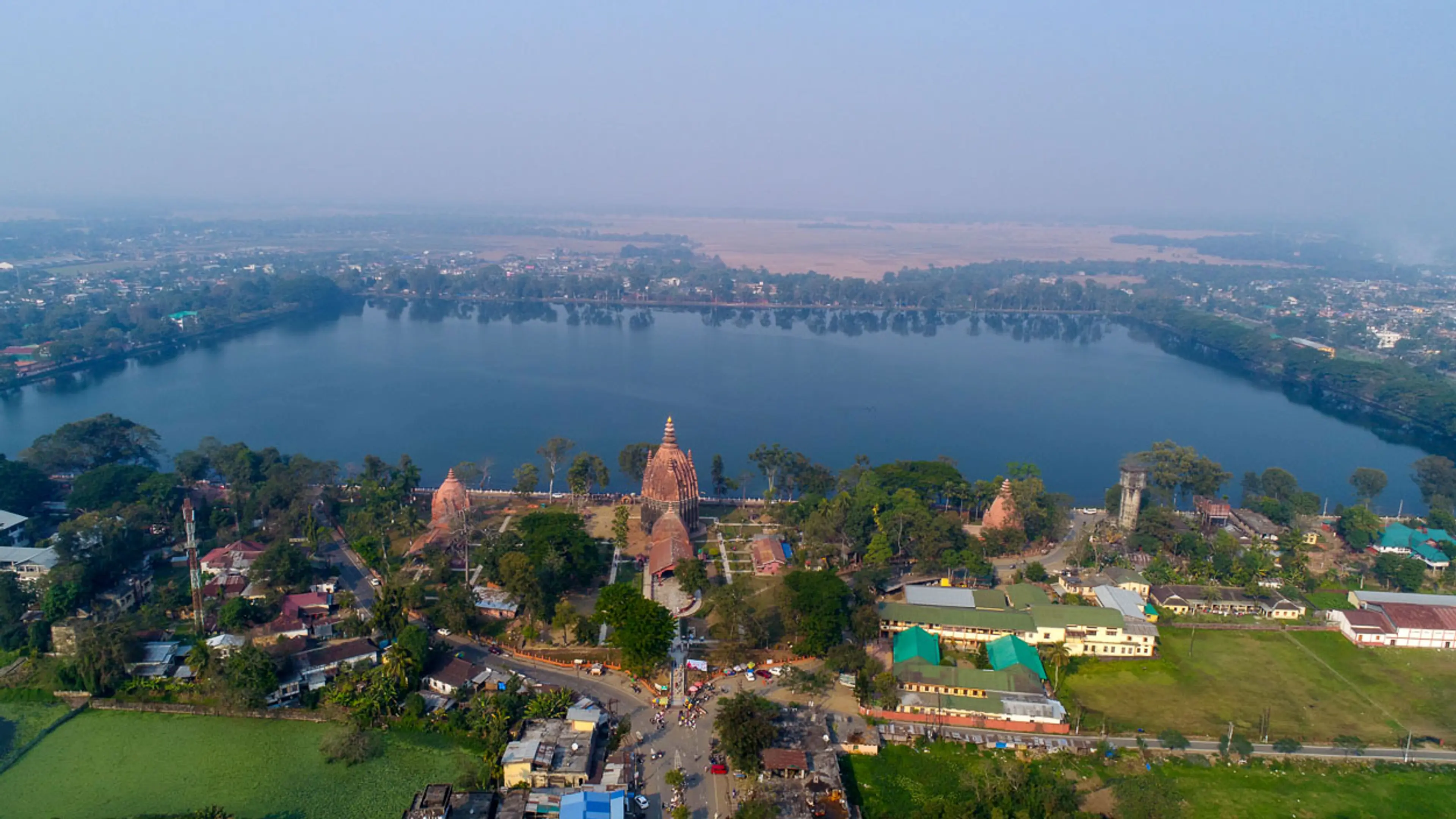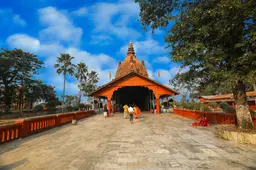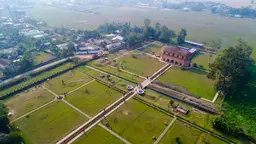
Shibsagar
Attractions in Shibsagar

Tai Museum:
Adding a dramatic accent to the mystic atmosphere of Shivsagar, there stands Tai Museum waiting to tell you the stories of ancient Assam. Here live and breathe some invaluable artefacts of Ahom Kingdom, a significant part of Assam's glorious past.
Read More
Joysagar
Joysagar, excavated by the Ahom King Swargadeo Rudra Singha, is known to be India's most prominent human-made tank. Made in the memory of Joymoti, the King's mother, this lake located at Rangpur was constructed in 1697, and as per records, it took 45 days to complete the task. It stretched across an area of nearly 318 acres, but half of it is underwater at present.
Read More
Gaurisagar
Situated at a distance of around 12 kilometres from the Sivasagar city centre, Gaurisagar Tank is one of the most popular tourist destinations. Built by the Ahom queen Bor Kuwori Phuleshwari Devi about 200 years ago, the lake covers more than 150 acres of the area along with the three important temples on the banks.
Read More
Rudrasagar
The tank was excavated in 1773 by the Ahom King Swargadeo Lakshmi Singha in his father's memory. Located at a distance of around 8 kilometres from Sivsagar Town, the lake has a famous Shiva Temple on the banks, and it still amazes people with its architectural patterns. In addition to this, you have several Satras, Dargahs, Sakta and Buddhist Shrines in the neighbouring areas erected by the Ahom, Jaintia, Manipuri, and Shah rulers.
Read More
Rang Ghar
This is perhaps the most surprising creation of Ahom builders found at Sivasagar. An oval-shaped, double-storied construction with an inverted boat like roof, Rang Ghar was an arena constructed by King Swargadeo Pramatta Singha.
Read More
Talatal Ghar
Located just four kilometres away from Sivasagar City, The Talatal Ghar at Rangpur is a great architectural wonder of Upper Assam. The largest of all, this Ahom monument together with its counterpart Karen Ghar is, of course, one of the most admired surprises in this land.
Read More
Ajanpir Dargah
At a distance of 20 kilometres from Sivasagar Town lies a famous tourist spot Ajanpir Dargah. The Tomb of a popular Muslim Saint of the seventeenth century, this dargah was constructed during the rule of King Godadhar Singha. The saint arrived at Saraguri with his 120 disciples to propagate the Islamic Tenets and composed the Zikir. The devotional songs scripted here are highly regarded and have contributed significantly to Assamese Literature.
Read More